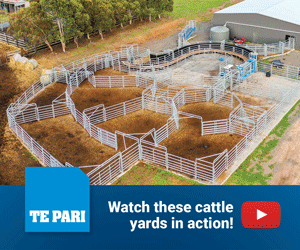Biosecurity Alert Issued for Locust Nymphs in Queensland
A new biosecurity alert has been announced following the detection of locust nymphs in the Barcaldine and Isaac regions of Central and Western Queensland. Landholders in these areas are advised to closely monitor their properties for any signs of locusts or nymphs and promptly report any sightings to Biosecurity Queensland.
There has been a notable increase in locust activity with the arrival of warmer weather in Queensland over the last three weeks. Recently, locusts and their nymphs were spotted west of Clermont and north of Alpha. If left unchecked, these pests have the potential to devastate grazing pastures.
Biosecurity Queensland is collaborating with local landholders to evaluate the types and quantities of locusts and nymphs detected, offering assistance in implementing control measures to mitigate the risk of a locust plague.
Effectively managing locusts during their nymph stage is critical to interrupting their lifecycle and preventing large-scale outbreaks.
Identifying Locust Species
In Queensland, there are four locust species to watch out for:
- Australian plague locust
- Migratory locust
- Spur-throated locust
- Yellow-winged locust
Controlling locust populations is primarily the responsibility of landholders, as part of their general biosecurity obligations.

Pest control can be effectively conducted using specific insecticides while locusts remain in their nymph stage and are unable to fly or before they mature and lay eggs. Landholders are advised to only use chemicals that are registered or approved for use by the Australian Pesticides and Veterinary Medicines Authority, adhering to all label instructions.
In instances where locust populations exceed the capacity of landholder control and pose a threat to vital agricultural areas, Queensland’s Department of Primary Industries will coordinate actions.
According to a biosecurity alert issued today, “Aerial spraying will be conducted to manage locust populations during their nymph stage if they are deemed a risk to agricultural production.” The department assured that these operations will be executed responsibly to minimize environmental impacts, including maintaining buffer zones around sensitive locations like waterways.
Local landholders will be contacted if their properties are identified for treatment measures.
This structured article includes appropriate HTML tags for headers, paragraphs, lists, and images, ensuring good readability and ease of integration into WordPress.



